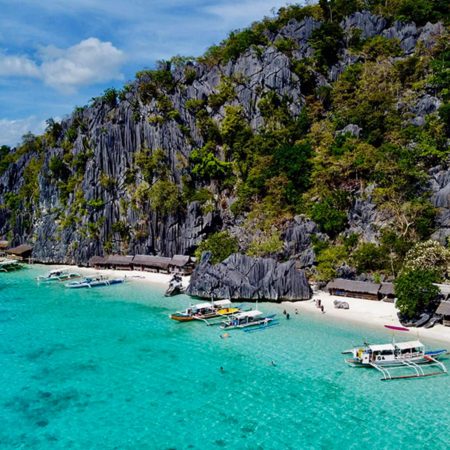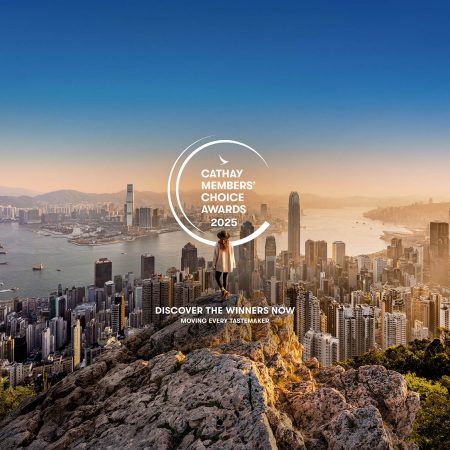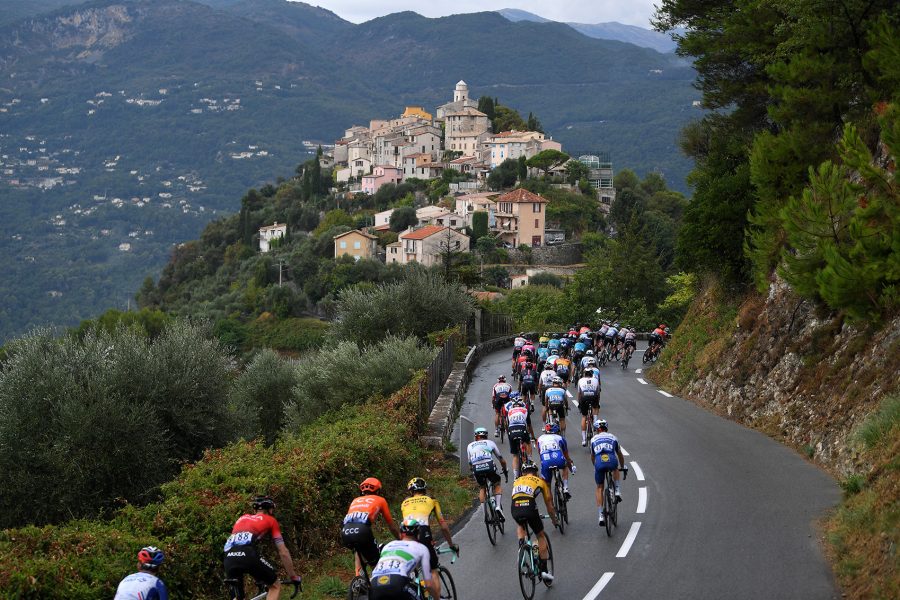A heart-pumping, adrenaline-charged challenge from start to finish, the 111th edition of the Tour de France will start on 29 June and end three weeks later on 21 July. The 2024 edition will be the first ever to start from Italy and finish with a timed climb and descent down to Nice rather than Paris (which will be preparing for the Paris 2024 Olympic Games ).
The second race in the trio of Grand Tours and the world’s biggest cycling competition, this year's Tour de France’s course will cover 3,492 kilometres in distance and about 52,329 metres in total elevation gained, passing through four countries. To help you catch the most exciting segments of the lengthy course, we’ve highlighted eight must-watch stages of the 2024 Tour de France.
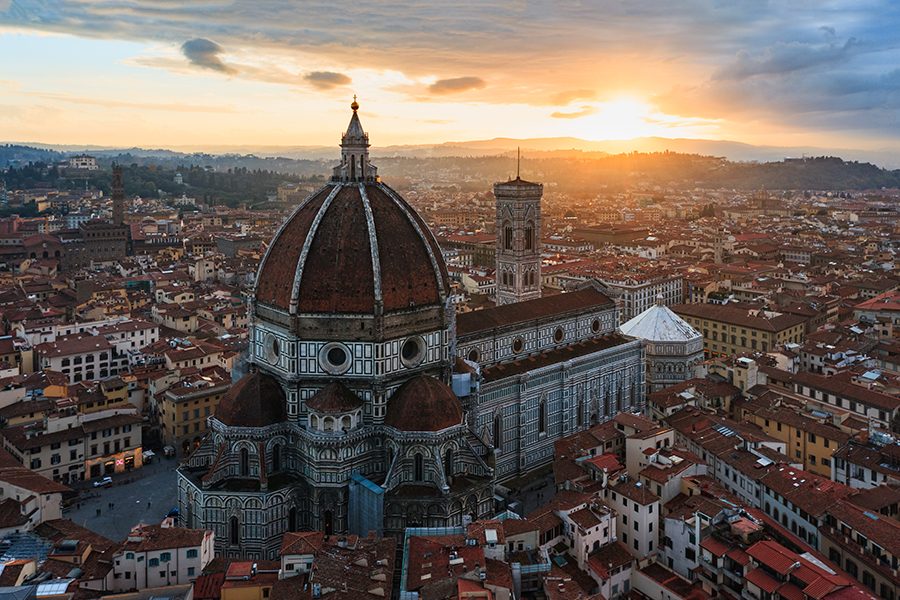
Credit: Matteo Colombo/Getty Images
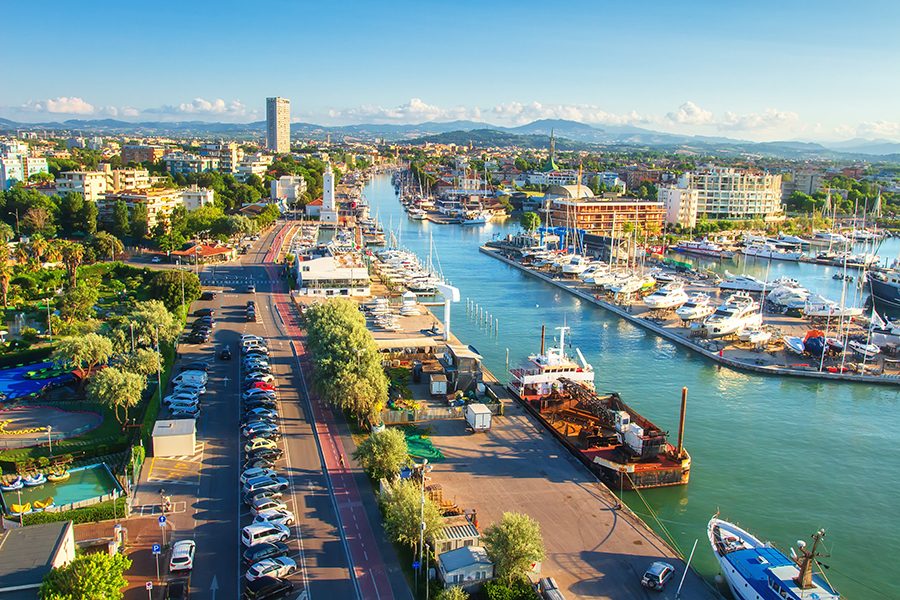
Credit: Dzmitrock87/Getty Images
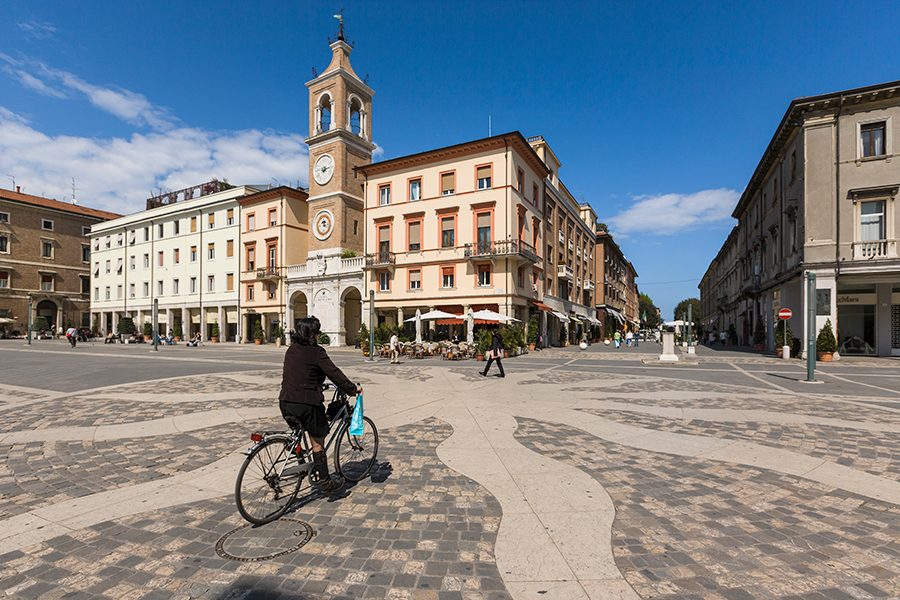
Credit: Maremagnum/Getty Images
1. Stage 1: Florence to Rimini
The race commences with a winding and hilly first stage, taking the peloton through the culture-rich roads of Florence, across the rolling hills of Tuscany and the Emilia-Romagna region, and down to Rimini’s beachy seafront. Riders will climb a total of 3,800m over seven ascents and an overall distance of 205km, making for a challenging start as riders vie for an early advantage.
Apart from the scenery and athleticism on display, the first stage is also a must-watch for its cultural and historical significance.
Hosting the Grand Depart in Italy has been a long time coming and is especially symbolic as this year marks the centenary of Ottavio Bottecchia becoming the first Italian champion of the race.
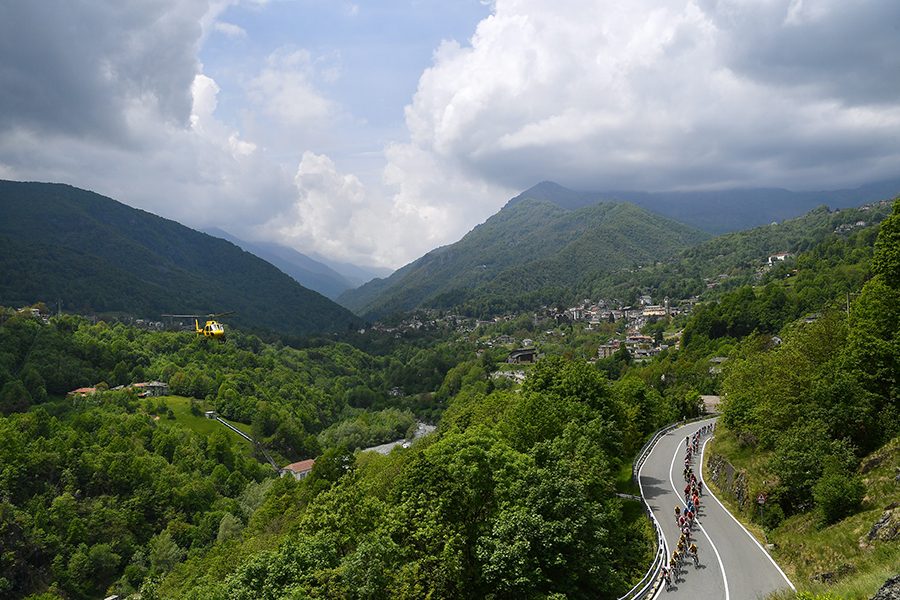
Credit: Justin Setterfield/Getty Images
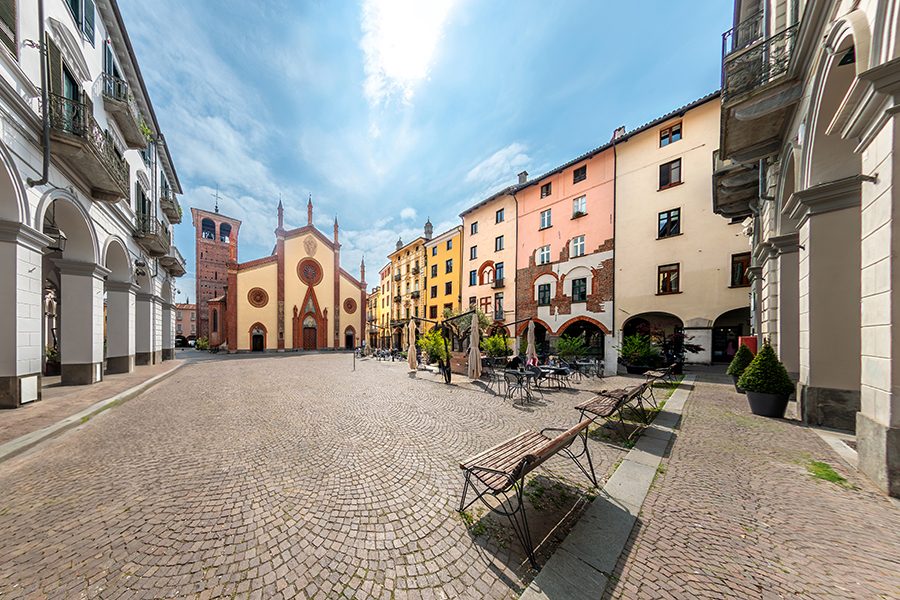
Credit: Francesco Marzovillo/Getty Images
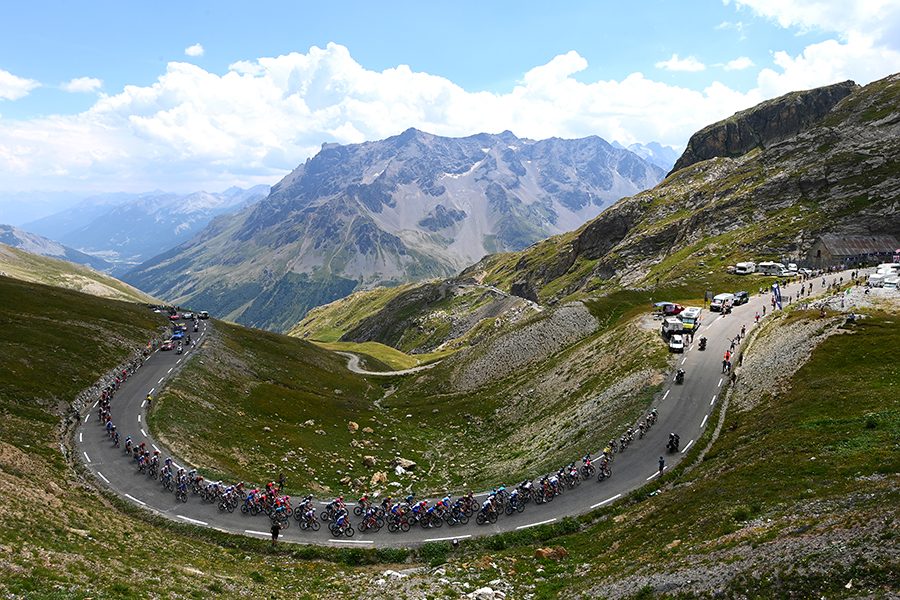
Credit: Tim de Waele/Getty Images
2. Stage 4: Pinerolo to Valloire
Heading into the Alps, this mountain stage starts from the Italian town of Pinerolo and ascends immediately into a long climb to ski resort Sestrieres, which sits at an elevation of 2,035m. Riders will then cross the border into France via the Col de Montgenèvre for a shorter but steeper second climb, before a third drawn-out ascent to Col du Galibier at 2,642m above sea level. As climbers race to the top in a running battle, viewers will get to witness the vast folds of the mountain range unfurl beyond the winding roads, before finishing the stage in the town of Valloire.
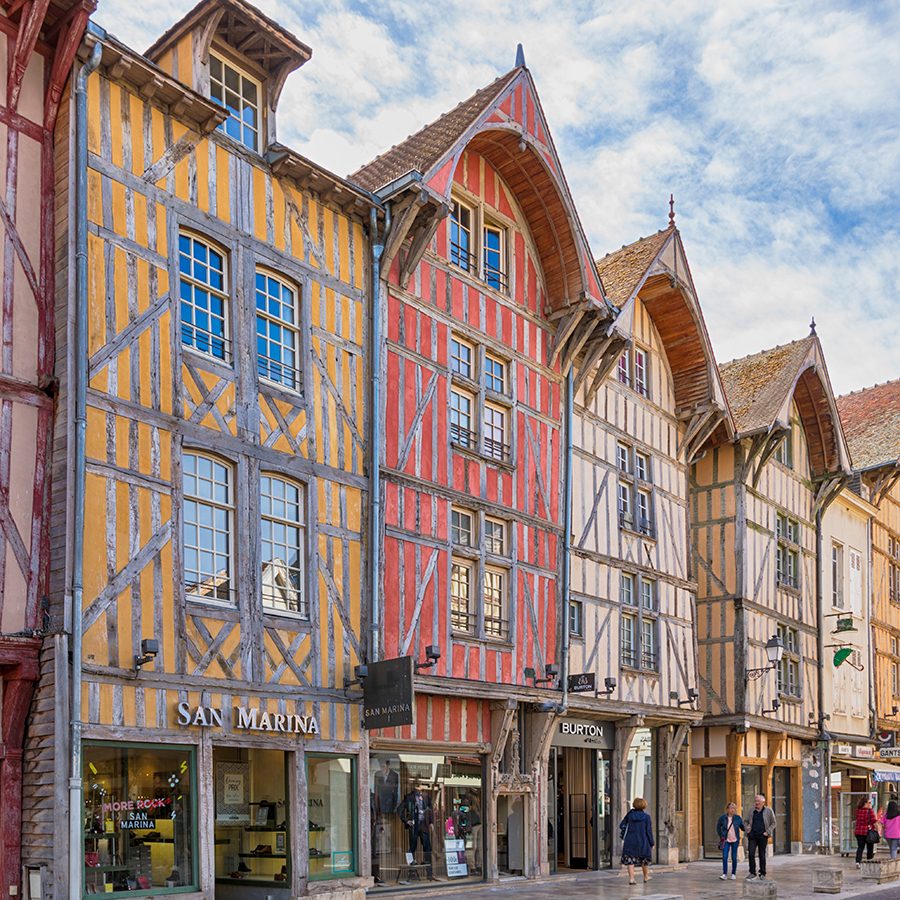
Credit: eyewave/Getty Images
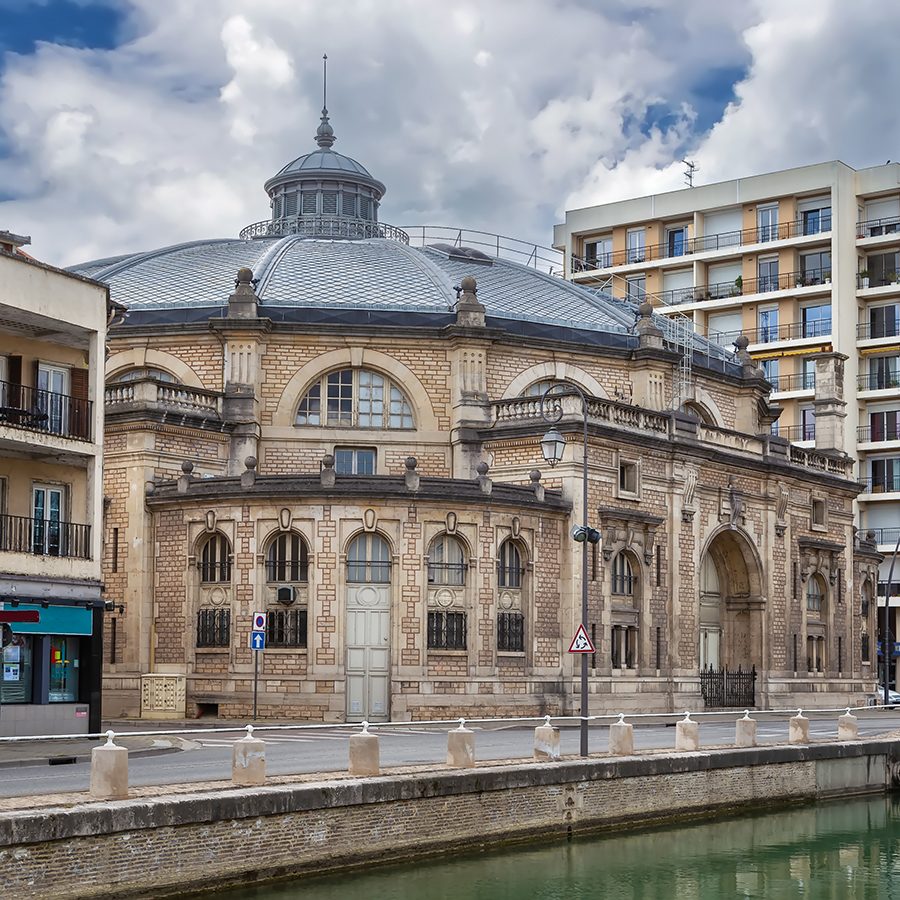
Credit: Borisb17/Getty Images
3. Stage 9: Troyes Loop
While this stage offers neither dramatic climbs nor descents, it does feature 32km of rough gravelly roads where cyclists race to leave their competitors in the dust (literally). As the risk of mechanical issues and crashes rises, the role of luck also increases, and the pecking order of the leading contenders is thrown out of balance if riders are not up to the test. The white roads – which the gravel sections are known as – cut through pastures and small patches of woodland before looping back to Troyes, a charming medieval town in the heart of the Champagne wine region.
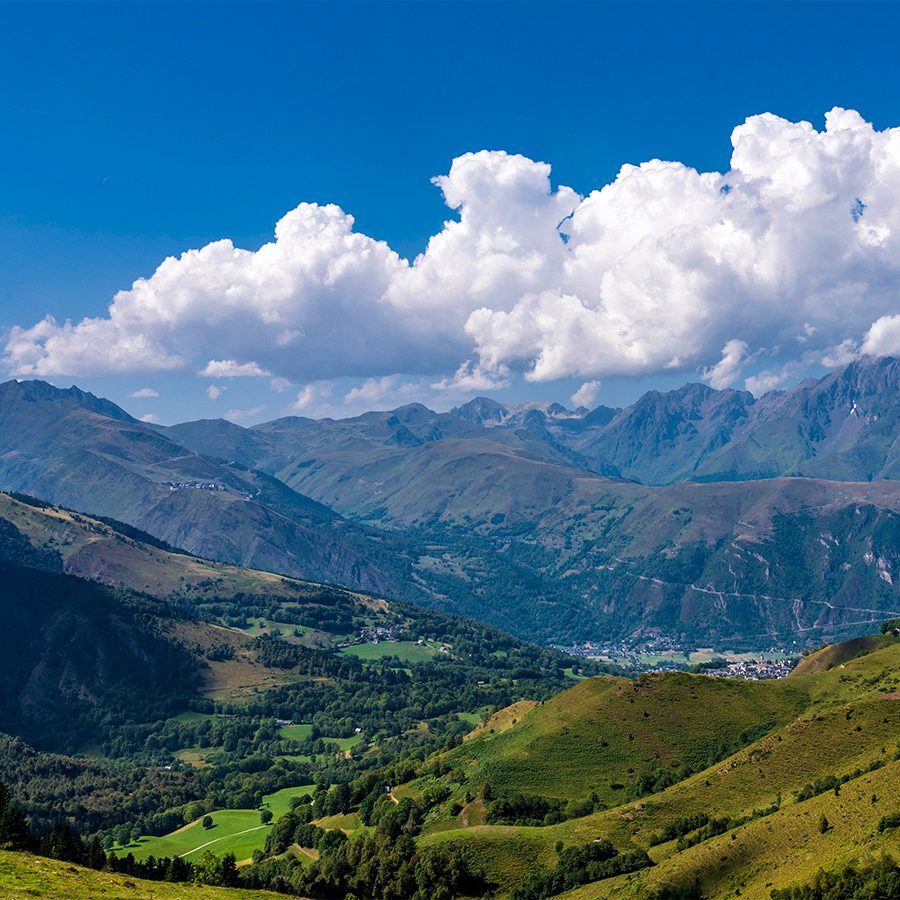
Credit: Daniele Schneider/Getty Images

Credit: Bryn Lennon/Getty Images
4. Stage 14: Pau to Saint-Lary-Soulan Pla d'Alet
From Pau, a town nestled at the foot of the Pyrenees mountain range, cyclists gradually ascend the famous Col du Tourmalet, which sits at an elevation of 2,115m. From there, riders will have to climb the relatively shorter summit of Hourquette d’Ancizan before finishing uphill at Pla d’Adet, a ski resort above the village of Saint-Lary-Soulan.
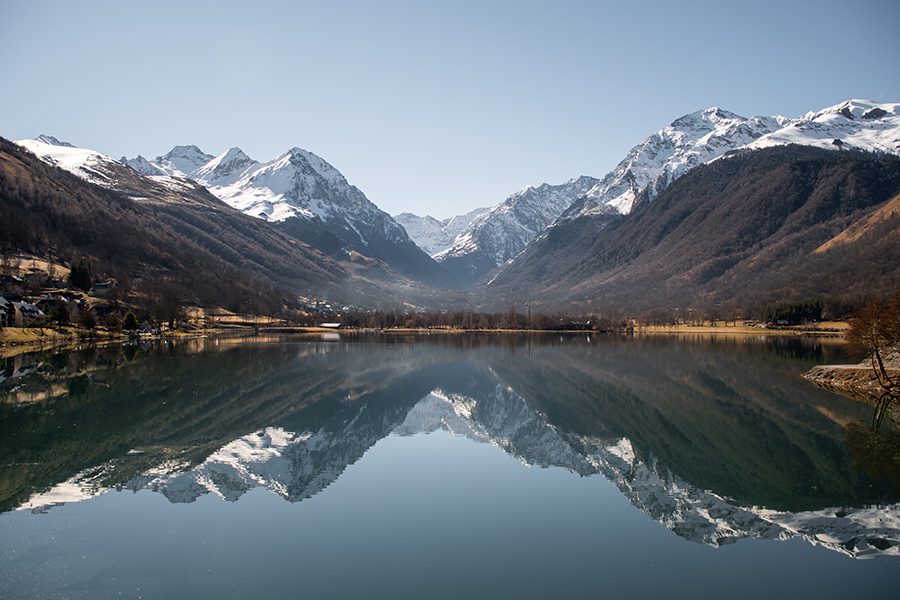
Credit: Lara Sanmarti/Getty Images
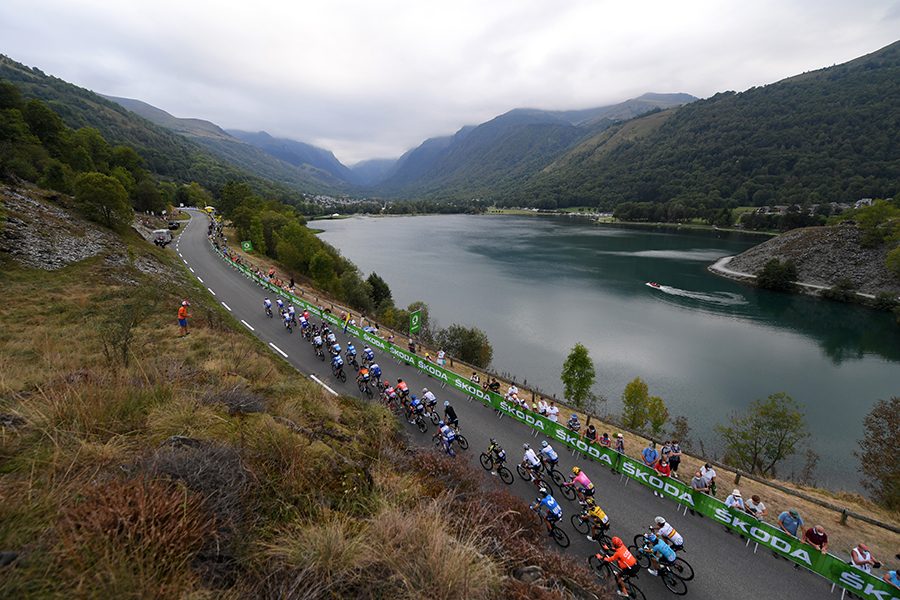
Credit: Tim de Waele/Getty Images

Credit: Tim de Waele/Getty Images
5. Stage 15: Loudenvielle to Plateau de Beille
Bastille Day (France’s national day), celebrated each year on 14 July, marks the second consecutive day of climbing. Over 198km and six separate climbs, riders will see a total of 4,850m in elevation gain.
Kicking off from the lakeside village of Loudenvielle, riders are immediately thrust into a tough climb, made harder by the previous day's energy expenditure. The following climbs average out at 9 per cent and 8.2 percent, respectively, with only a ride through the valley of Saint-Girons providing brief respite between the two. Another descent and a low stretch later, the riders ascend into Plateau de Beille, where they wrap up for the day.
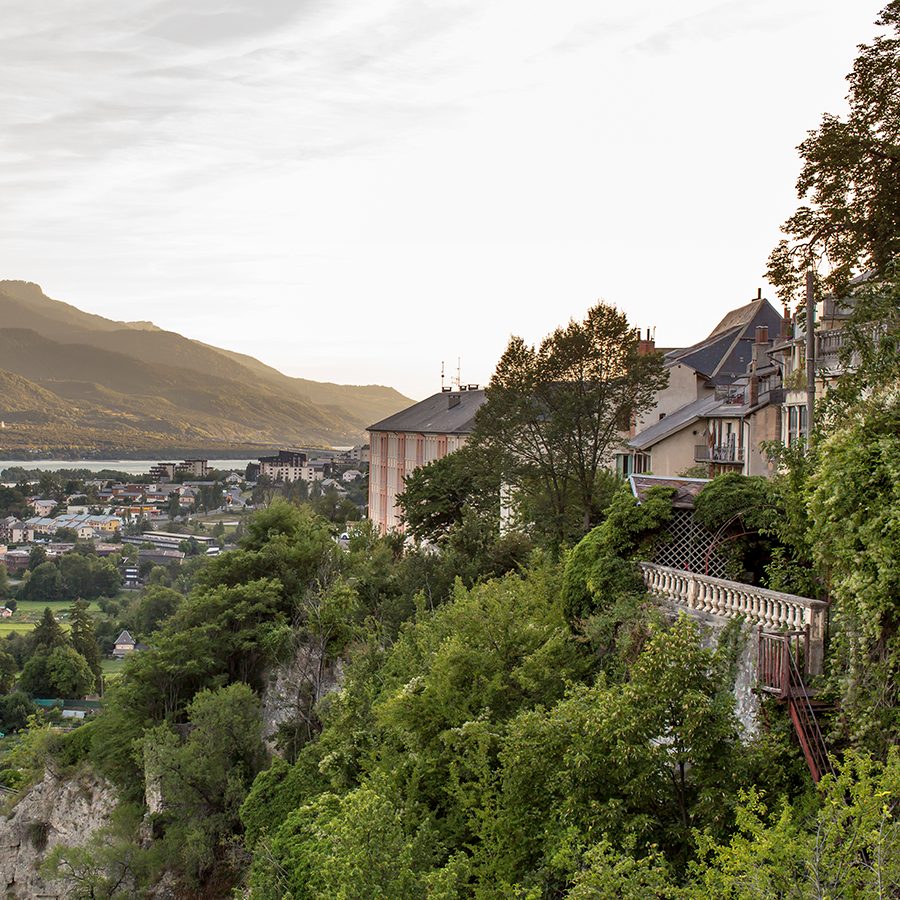
Credit: Anna Pekunova/Getty Images
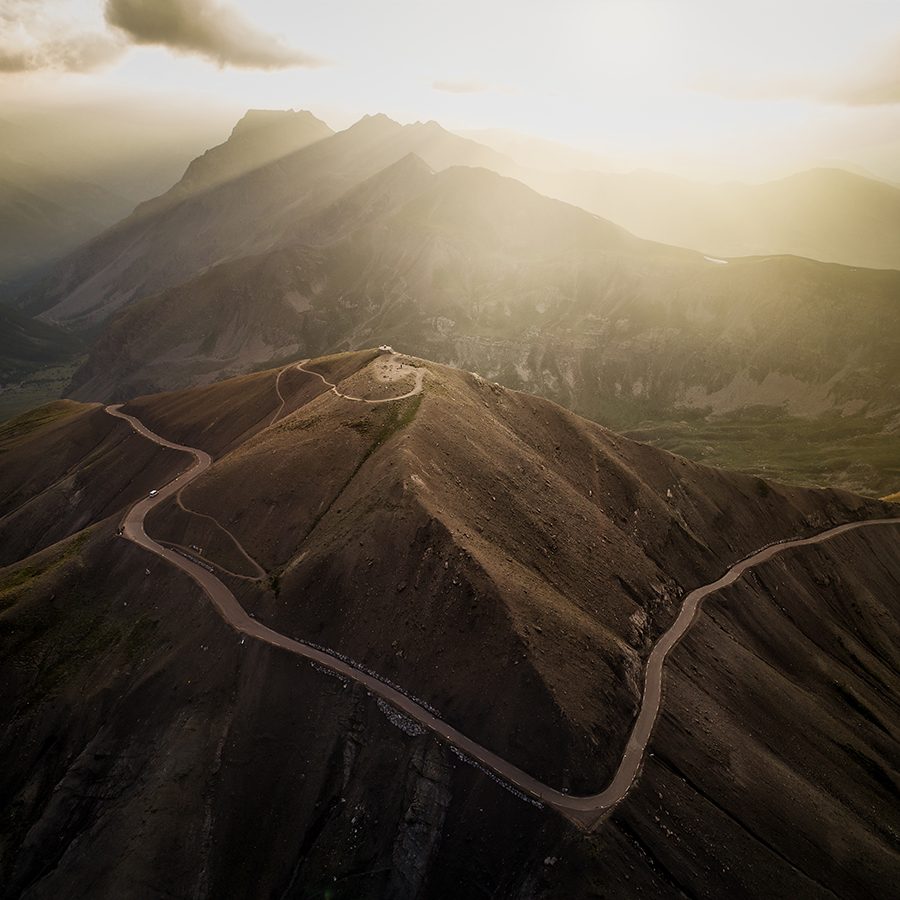
Credit: Sandro Bisaro/Getty Images
6. Stage 19: Embrun to Isola 2000
A fight against altitude, this stage will test the mettle of the climbers, who’ll breach the 2,000m mark on three separate occasions with the highest peak – Cime de la Bonette, just past the halfway mark – sitting at 2,860m. Up high, the physical challenge amplifies as the amount of oxygen decreases: climbers will have to work harder for the same amount of oxygen, which will in turn make them tire faster.

Credit: ICHAUVEL/Getty Images
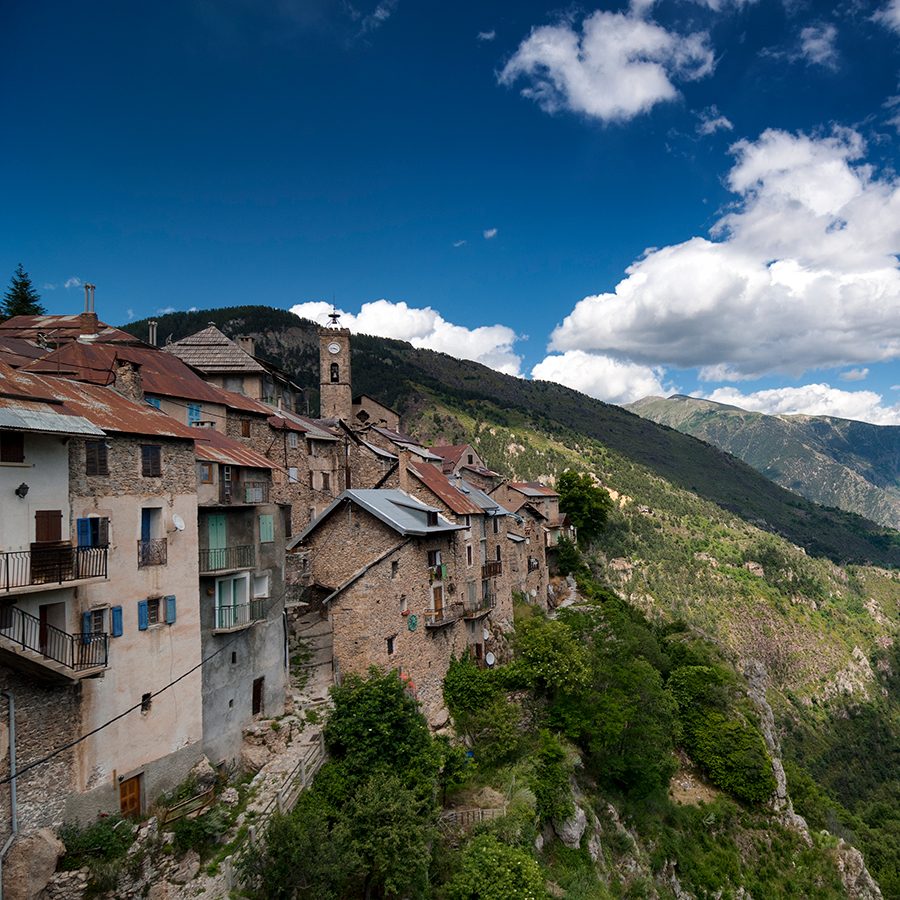
Credit: clodio/Getty Images
7. Stage 20: Nice to Col de la Couillole
The penultimate stage features more than 4,800 metres of climbing, starting from the vibrant coast of Nice and heading inland. After the hike up to Col de Braus at 1,002m above sea level, it’s a nonstop descent-ascent pattern all the way to the end, at which point climbers will race to the top for the finish.
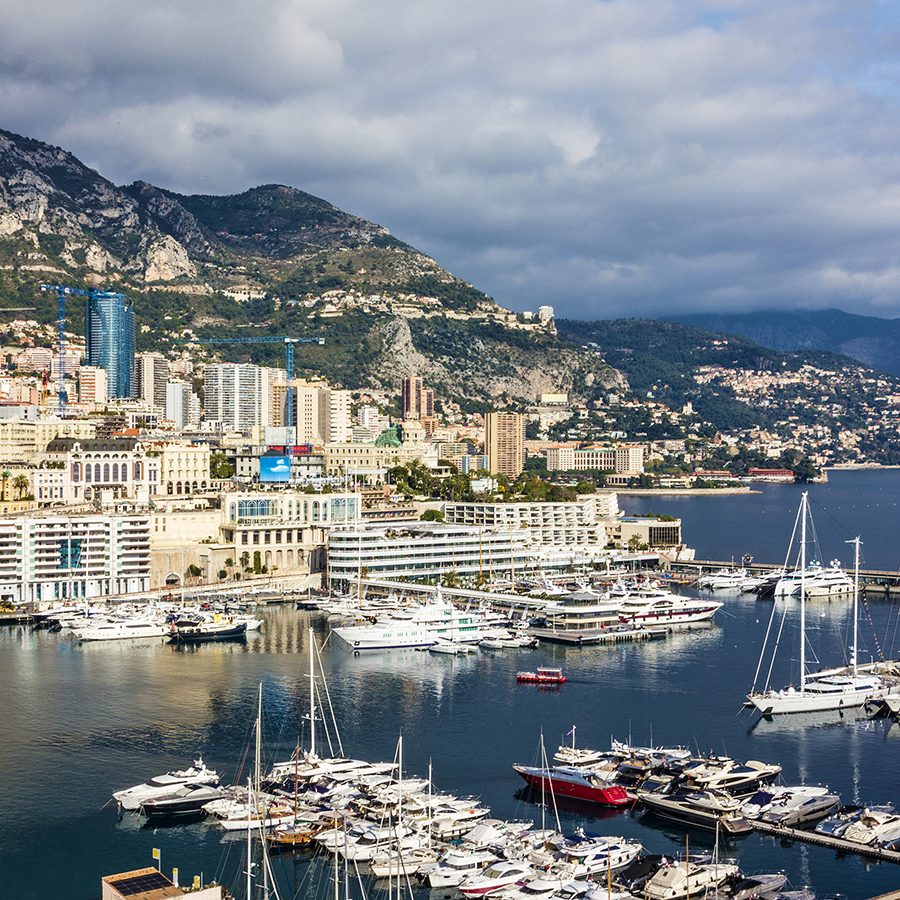
Credit: Travel Faery/Getty Images
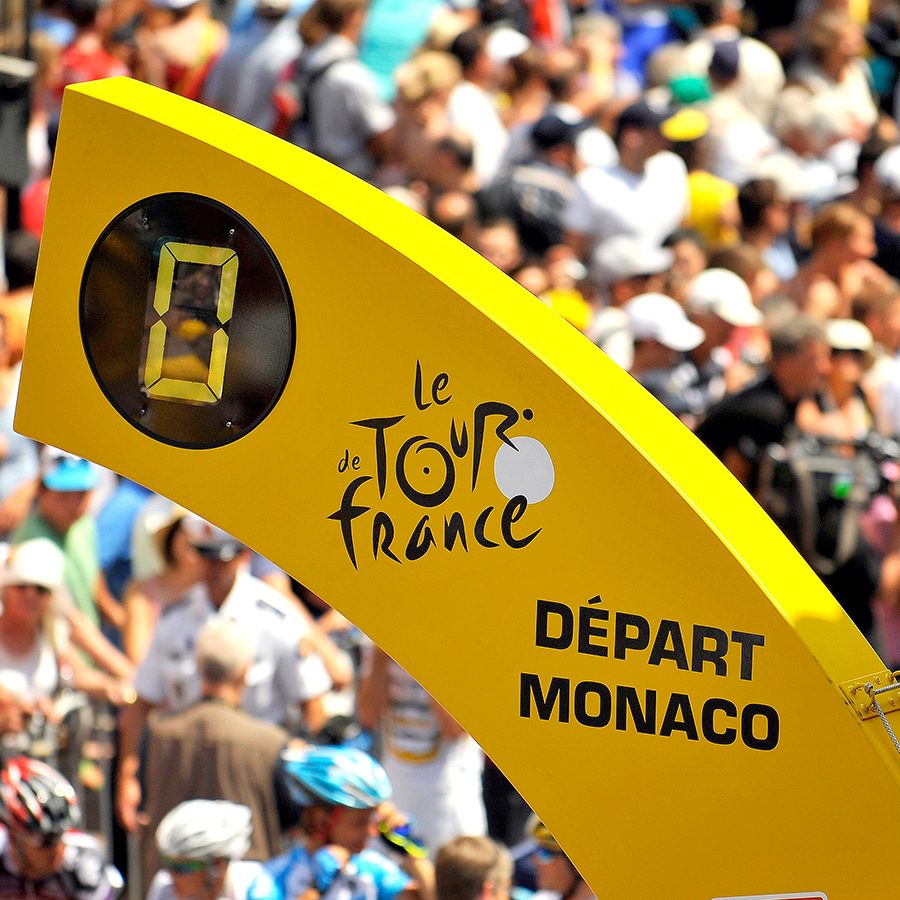
Credit: Getty Images
8. Stage 21: Monaco to Nice
For a dramatic conclusion to the entire race, riders will be up against the clock in the second time trial of the Tour, meaning the battle for overall winner and the coveted yellow jersey could be right down to the wire.
Riders race individually, entering the track at regular intervals, but everyone will face the same challenge: a flat start in Monaco that ramps up into a steady climb to the first peak, La Turbie, before levelling out. This is followed by a short steep climb to Col d’Eze, after which is a long and swift descent into Nice, mellowing out into a final stretch of flat ground straight to the finish. The topography will showcase tests of willpower, bike handling skills, and risk-taking as contenders race to secure the win – or an upset. Either way, the final stage promises to be a nail-biting watch.
A cross-country sports competition such as the Tour de France is not only an occasion to fine-tune one’s physical fitness to its limit, it also offers a wonderful opportunity to explore the dynamic scenery of different geographic regions. The good news is you don’t have to be a pro cyclist to experience either. Our partnership with INVIS Cycling can help you get started, whether it’s simply learning your way around a bike or cycling more adventurously. Cathay members earn 100 when signing up for their first cycling class under the Open Course, Private Coaching or Team INVIS course types.
Ready to hit the road? Head to the Cathay Shop for all your cycling essentials.
More inspiration
- China – the Chinese Mainland, Hong Kong SAR, Macao SAR and Taiwan Region
- Hong Kong SAR - English
- Chinese Mainland (China) - English
- Taiwan, China - English
- 香港特別行政區 - 繁體中文
- 中国內地 - 简体中文
- 中國台灣 - 繁體中文
- Africa
- South Africa - English
- Asia
- Bangladesh - English
- Korea - English
- Singapore - English
- Cambodia - English
- 한국 - 한국어
- Sri Lanka - English
- India - English
- Malaysia - English
- Thailand - English
- Indonesia - English
- Maldives - English
- ประเทศไทย - ภาษาไทย
- Indonesia - Bahasa Indonesia
- Myanmar - English
- Vietnam - English
- Japan - English
- Nepal - English
- Việt Nam - tiếng Việt
- 日本 - 日本語
- Philippines - English
- Australasia
- Australia - English
- New Zealand - English

